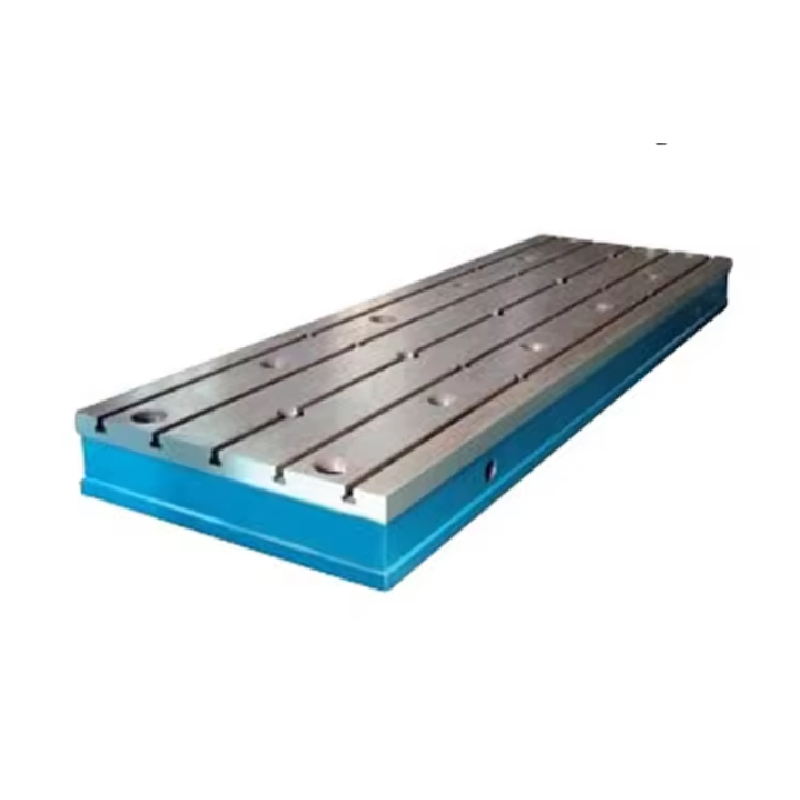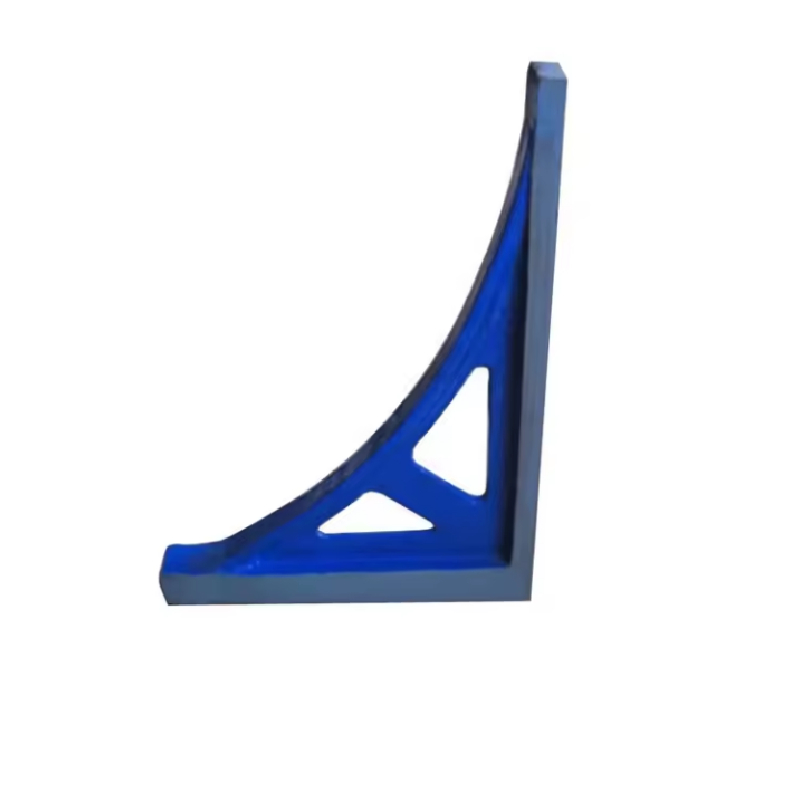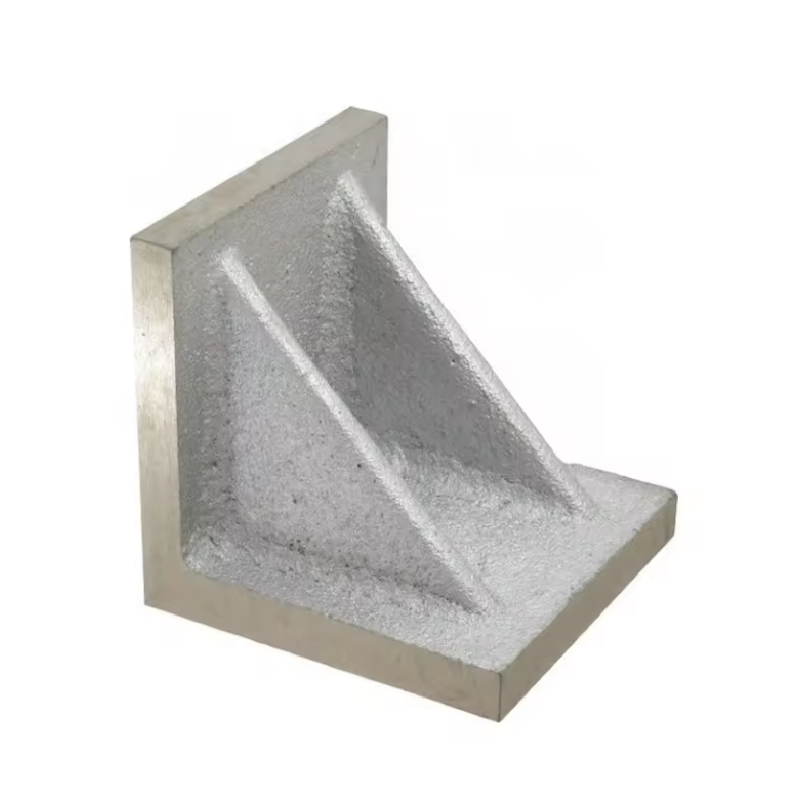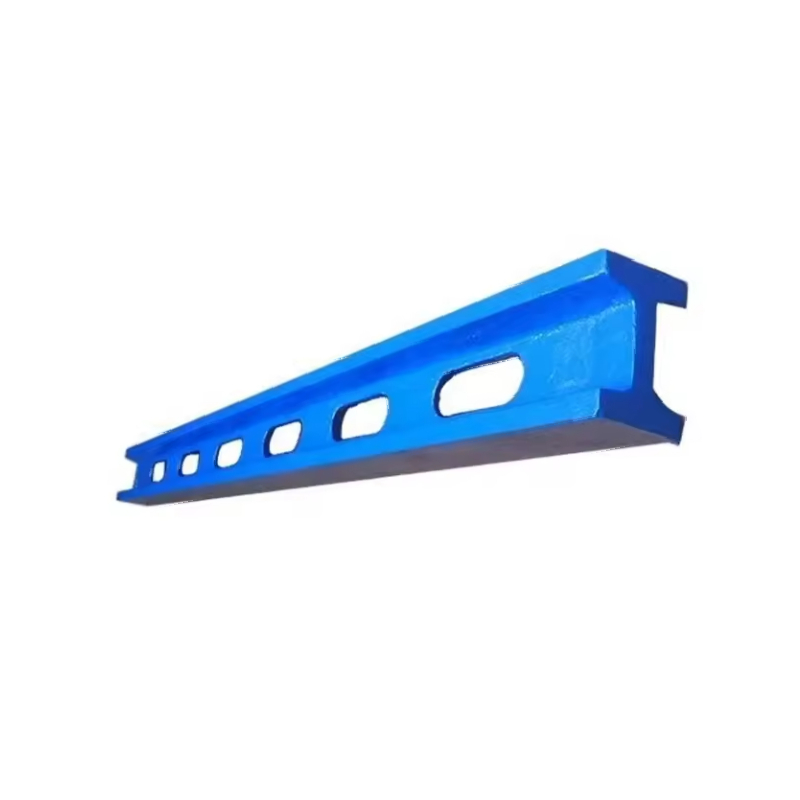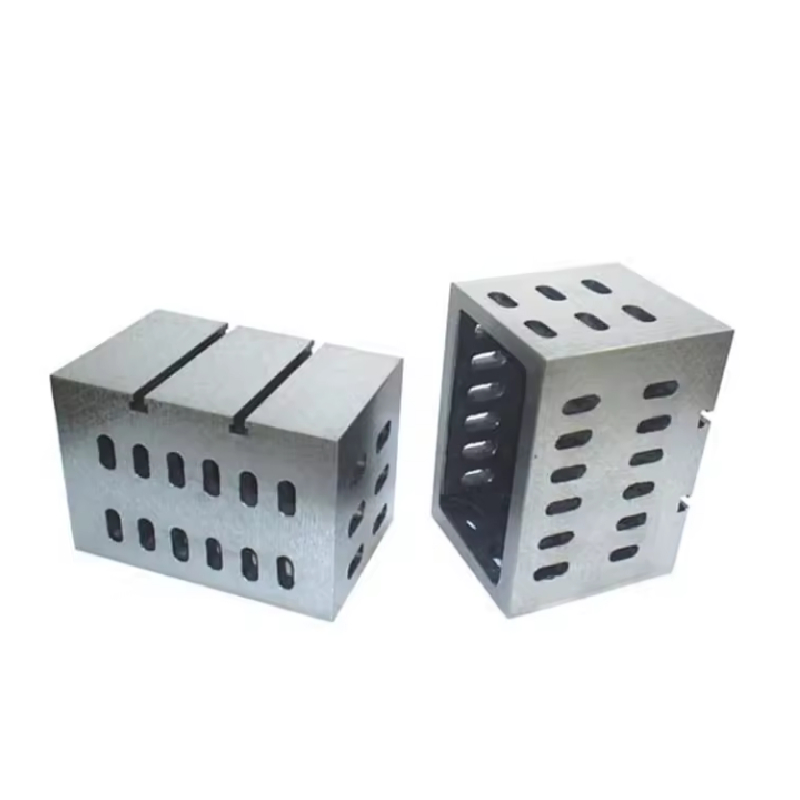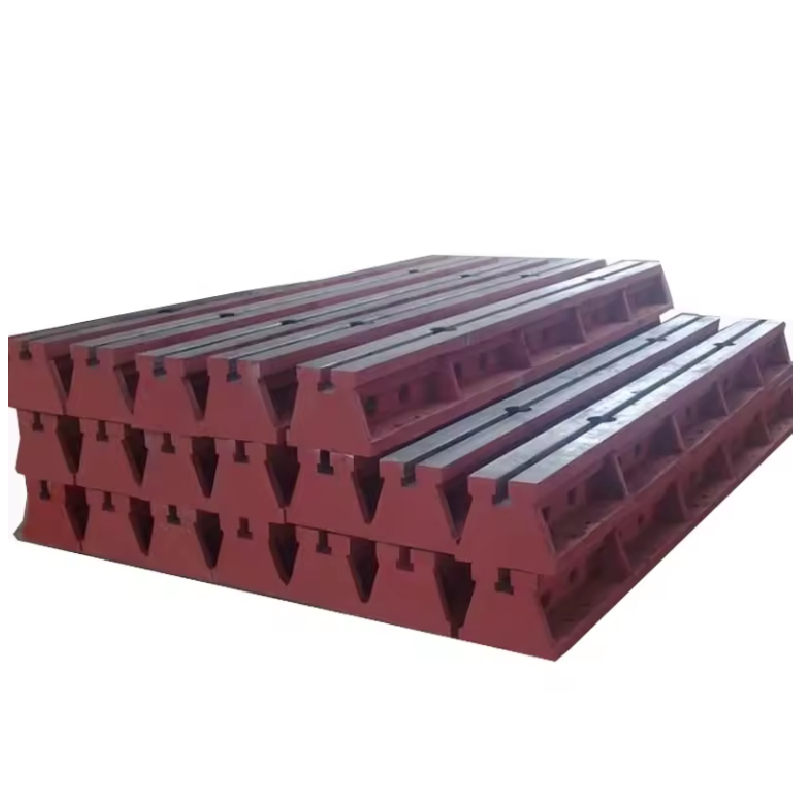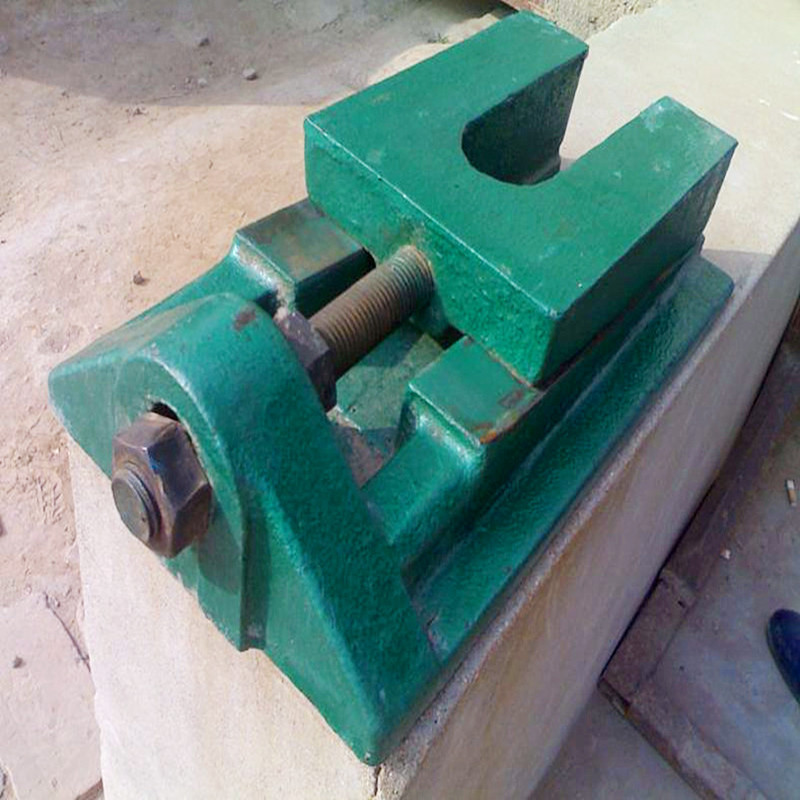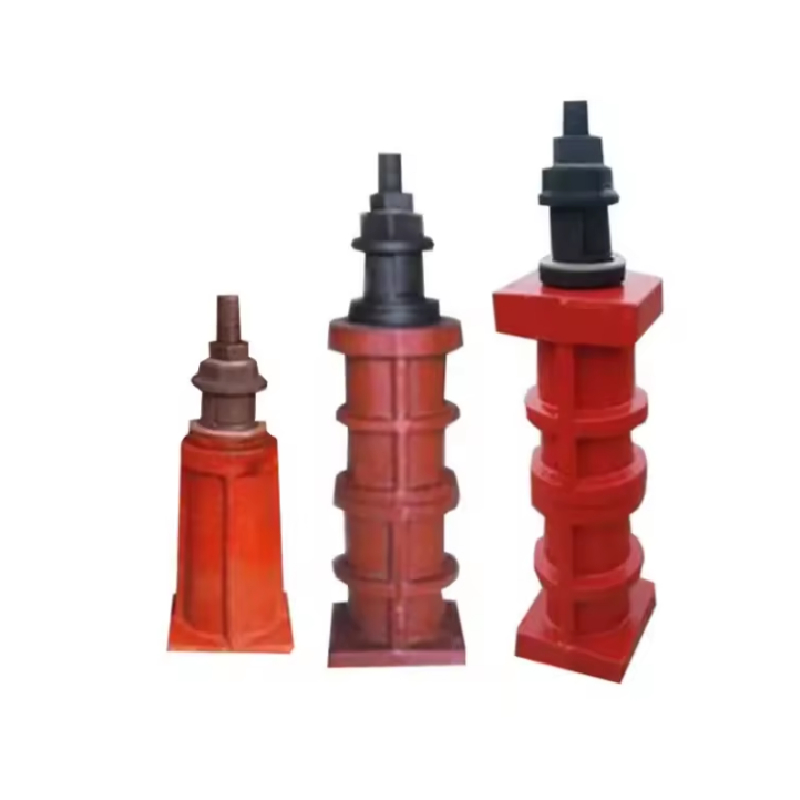Jul . 23, 2024 14:38 Back to list
Understanding the Function and Importance of Silencing Check Valves in Fluid Systems
Silencing Check Valve An Essential Component for Fluid Control Systems
In various industrial applications, ensuring that fluid control systems operate efficiently and quietly is paramount. One crucial component that plays a significant role in achieving this is the silencing check valve. This device not only prevents backflow but also minimizes noise generated from fluid dynamics, making it essential in many settings.
What is a Silencing Check Valve?
A silencing check valve is a type of valve that allows fluid to flow in one direction while preventing backflow, a function that is critical in maintaining the integrity of fluid systems. What sets the silencing check valve apart from standard check valves is its ability to reduce noise associated with the flow of fluids. This is particularly important in applications where the noise generated by traditional valves can lead to operational disturbances or exceed allowable noise levels.
Typically, a silencing check valve is designed with features that dampen the fluid's kinetic energy, minimizing water hammer effects, vibrations, and related noise
. This is achieved through the incorporation of specialized materials and internal damping mechanisms, such as cushioning elements or flow-regulating apertures.Applications and Importance
Silencing check valves find applications across various industries, including water treatment plants, municipal water systems, HVAC (Heating, Ventilation, and Air Conditioning) systems, and industrial processing plants. In water treatment facilities, for instance, these valves help in maintaining a consistent flow while preventing backflow that could potentially contaminate clean water supplies. In HVAC systems, they are crucial in ensuring that the system operates efficiently without noisy disruptions that could affect occupant comfort.
silencing check valve
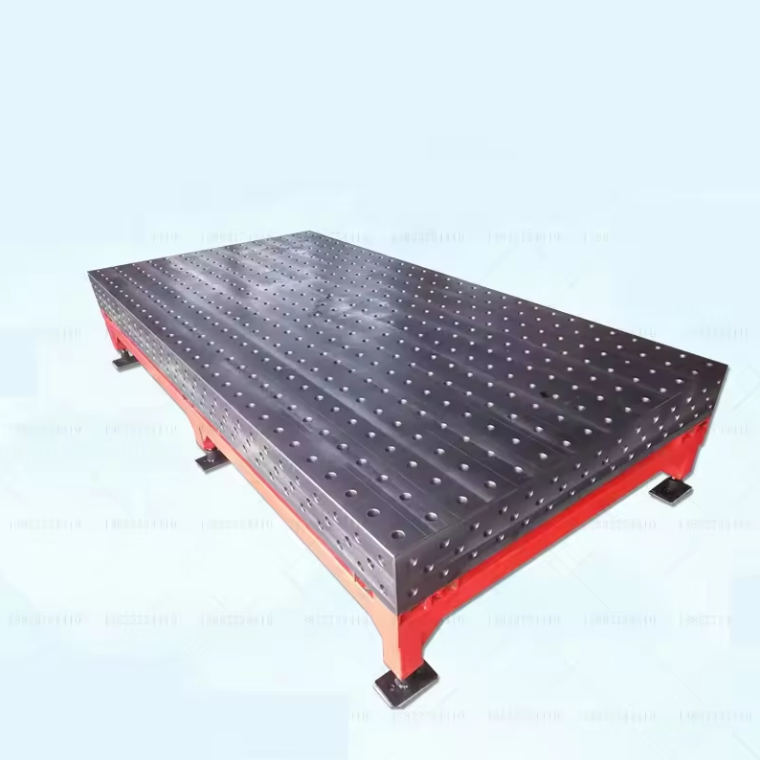
Moreover, in industrial settings, minimizing noise pollution is often a regulatory requirement. Silencing check valves help companies comply with local noise ordinances, enhancing their operational harmony within the community while ensuring that equipment remains functional and effective.
Design Features
The effectiveness of silencing check valves stems from their thoughtful design. They are constructed from durable materials, such as brass, stainless steel, or PVC, which not only resist corrosion but also withstand the wear and tear of continuous operation. The internal mechanisms of these valves often include a unique disc design that opens and closes smoothly, promoting a gradual change in flow rate and pressure, thus reducing the shock waves that contribute to noise.
Furthermore, many modern silencing check valves are designed with easy installation and maintenance in mind. Some models feature a user-friendly design that allows for quick access to internal components for cleaning or replacement, ensuring longevity and operational efficiency.
Conclusion
In conclusion, silencing check valves are a critical component in many fluid control systems, serving dual purposes of preventing backflow and reducing noise pollution. Their design and functionality help meet both operational and regulatory demands, making them indispensable in industries ranging from municipal water management to industrial processing. As technology continues to advance, the development of even more efficient and quieter silencing check valves will likely emerge, further enhancing the performance of fluid management systems across various sectors. With the growing emphasis on noise reduction in industrial environments, these valves will play an increasingly important role in creating sustainable and harmonious operational practices.
-
Why Metric Trapezoidal Thread is Ideal for Precision Motion ControlNewsAug.05,2025
-
The Unique Properties of a Block of Granite for Industrial UseNewsAug.05,2025
-
The Role of Flanged Y Strainers in Preventing Pipeline ClogsNewsAug.05,2025
-
The Importance of Regular Calibration for Master Ring GagesNewsAug.05,2025
-
How a Cast Iron Surface Table Enhances Accuracy in ManufacturingNewsAug.05,2025
-
Comparing Different Check Valve Types for Optimal Flow ControlNewsAug.05,2025
Related PRODUCTS


